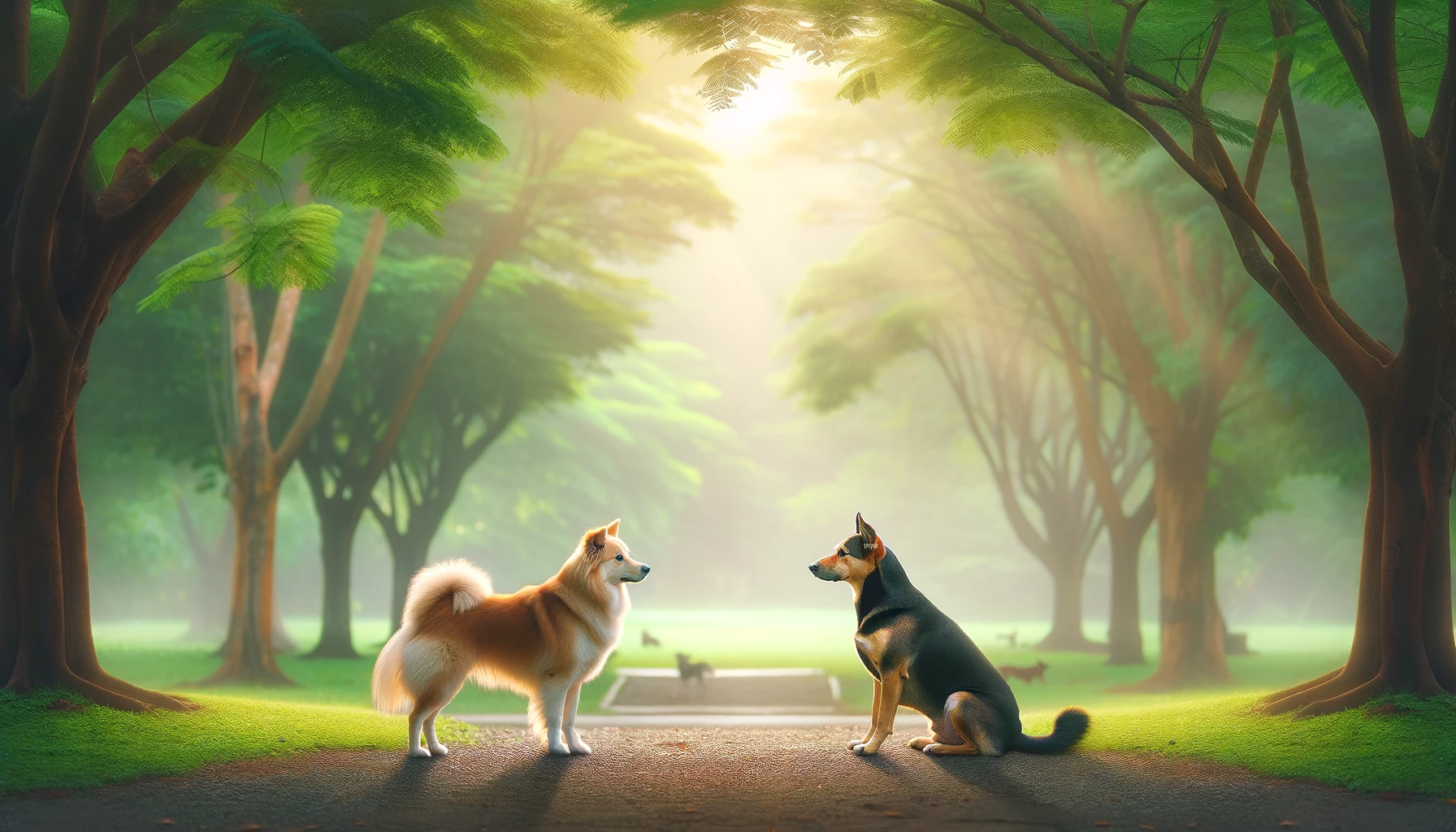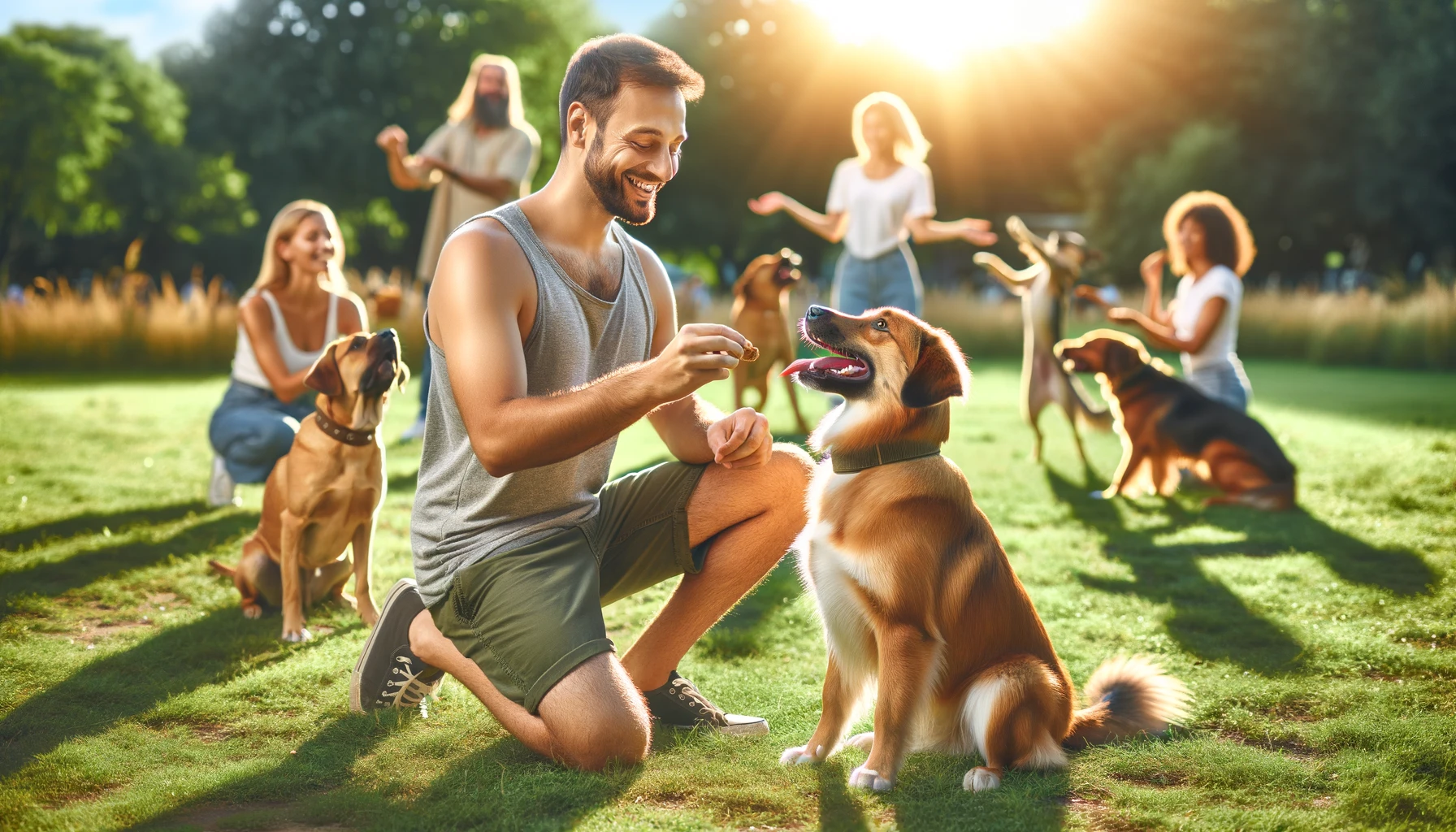Unleashing the complexities behind a dog’s aggressive demeanor unveils a nuanced tapestry of emotions and reactions. From fear-based insecurities to territorial instincts deeply rooted within their primal nature, our furry companions navigate a delicate balance between loyalty and survival.
Understanding these intricate layers is akin to deciphering a cryptic code woven into their behavior, as each bark, growl, or lunge signifies much more than meets the eye.
As we venture into the realm of canine aggression, it becomes imperative to unravel the various threads that compose this behavioral fabric. Is it fear dictating their actions, triggering defensive responses in unfamiliar settings?
Or perhaps it’s a territorial impulse asserting dominance over perceived threats encroaching on their domain? These underlying motivations not only shape how our dogs interact with the world but also shed light on the triggers that may evoke reactive behaviors in unsuspecting situations.
To delve deeper into this captivating exploration of understanding dog aggression is to embark on a transformative journey where empathy meets enlightenment. As we peel back the layers of misinterpreted cues and misunderstood signals, we unlock a treasure trove of insights that pave the way for harmonious companionship between humans and canines alike.
In this article, we invite you to join us on this enlightening odyssey as we navigate through uncharted territories of canine behavior, armed with knowledge as our compass and compassion as our guiding star.
Signs of Aggression in Dogs
Understanding the subtle signs of aggression in dogs is crucial for pet owners to address behavioral issues effectively. While outright hostility towards other dogs may be obvious, more nuanced cues can signal underlying problems.
Watch out for intense staring, rigid body language, raised fur along the back, and a tense posture – these are early indicators that your furry friend might be feeling threatened or anxious around other canines. Excessive barking or growling during interactions with unfamiliar dogs can also hint at deeper emotional distress that needs attention.
Recognizing these warning signs before an aggressive incident erupts is key to preventing conflicts and ensuring the safety of all pets involved. Pay close attention to how your dog reacts in social settings – do they snarl when approached by another dog?
Do they lunge or snap without apparent provocation? These behaviors signal discomfort or fear that could escalate into aggression if not addressed promptly. By staying vigilant and proactive in identifying these red flags, you can intervene early and seek professional guidance to modify your dog’s behavior positively.
Remember, every bark speaks a language; learning to interpret your pup’s signals allows you to communicate effectively and nurture a harmonious relationship between them and their canine companions.
Training Tips for Handling Reactivity
When it comes to addressing your dog’s reactivity towards other dogs, positive reinforcement techniques can be incredibly effective. By rewarding calm and non-reactive behavior, you are encouraging your dog to associate encountering other dogs with positive outcomes.
This can help shift their mindset from one of fear or aggression to a more relaxed and controlled state. Positive reinforcement not only strengthens the bond between you and your furry companion but also reinforces desirable behavior in a constructive manner.
In addition to using positive reinforcement, desensitization methods can play a key role in reducing reactivity during encounters with other dogs. Gradually exposing your pet to situations that trigger their reactivity at a manageable distance allows them to acclimate and become more comfortable over time.
This approach helps prevent overwhelming reactions and empowers your dog to learn how to remain composed in challenging scenarios. Through consistent practice and patience, desensitization can reshape your dog’s response patterns by promoting relaxation and confidence in previously stressful situations.
Management Strategies: Implementing Safety Measures and Seeking Professional Help
When navigating the challenges of a reactive dog during walks, implementing safety measures is paramount. Start by choosing less crowded routes or quieter times to walk your furry companion, avoiding situations that might trigger their reactivity.
Keep a safe distance from other dogs to prevent tense encounters, and consider using tools like a front-clip harness for better control. Positive reinforcement techniques can also be employed to redirect your dog’s focus away from triggers towards positive behaviors, creating a more relaxed walking experience for both of you.
While tackling your dog’s aggression issues independently is admirable, seeking professional help can provide invaluable support and expertise. Trainers or behaviorists specialized in dealing with reactive dogs can assess your pet’s unique needs and tailor strategies accordingly.
They offer personalized guidance on desensitization techniques, counter-conditioning methods, and overall behavior modification plans to address the root causes of aggression effectively. Remember, reaching out for professional assistance is not a sign of failure but demonstrates proactive dedication to your dog’s well-being and fostering positive behavioral changes over time.
Socialization Techniques
When it comes to addressing your dog’s aggression towards other dogs, socialization becomes a pivotal tool in reshaping their reactions. One effective method is to engage in gradual introduction exercises with well-behaved dogs. Start by facilitating brief interactions in neutral spaces where both dogs can comfortably explore each other’s presence.
Through controlled exposure, your dog may begin to associate encounters with positive outcomes, gradually reshaping their perception and reducing reactivity. By fostering these positive associations, you pave the way for improved interactions and increased comfort levels for your furry companion.
Additionally, consider enrolling in organized group classes or ensuring controlled environments for socializing safely. These settings provide structured opportunities for your dog to interact under professional supervision while surrounded by fellow pet owners facing similar challenges.
The guidance offered within these contexts not only supports your dog’s social development but also equips you with valuable insights and techniques from experienced trainers. Embracing these communal experiences reinforces essential social skills and offers a supportive network as you navigate the journey of managing your dog’s reactivity towards others.
Consistency & Patience: Keys to Overcoming Reactivity
Consistency is the cornerstone of any successful training routine when dealing with a dog’s aggression towards other dogs. By setting clear and consistent behavioral expectations, you provide your furry companion with a structured environment in which they can thrive.
Dogs, much like humans, learn through repetition and predictability. When you consistently reinforce desired behaviors and respond appropriately to reactive ones, you are laying the foundation for long-term improvement.
Alongside consistency, patience plays a pivotal role in helping your dog overcome reactivity issues. Behavioral changes take time and cannot be rushed. Reactivity stems from various factors such as fear, past experiences, or lack of socialization.
As a responsible pet owner, it’s crucial to remain patient throughout the process – celebrating small victories and understanding setbacks as part of the journey towards progress.
Remember that every dog progresses at its unique pace; by practicing patience, you create an atmosphere conducive to learning and trust-building between you and your canine companion.
Conclusion
As you embark on this journey to help your dog overcome their aggression towards other dogs, remember that progress takes time and patience. Every small step forward is a victory worth celebrating. Recap the key points discussed—understanding triggers, implementing desensitization exercises, seeking professional help when needed—and reflect on how far you and your furry companion have come.
In concluding our discussion, it is crucial to emphasize the importance of consistency in training and the power of positive reinforcement. By reinforcing good behavior and redirecting negative reactions with calm assertiveness, you are paving the way for a harmonious relationship between your dog and other canines.
Keep faith in the process, stay compassionate towards your pet’s struggles, and always remember that both setbacks and successes are part of this transformative journey. Your dedication to helping your dog become more confident and less reactive will not only benefit them but also strengthen the bond you share—a bond built on trust, understanding, and unwavering commitment to their well-being.






